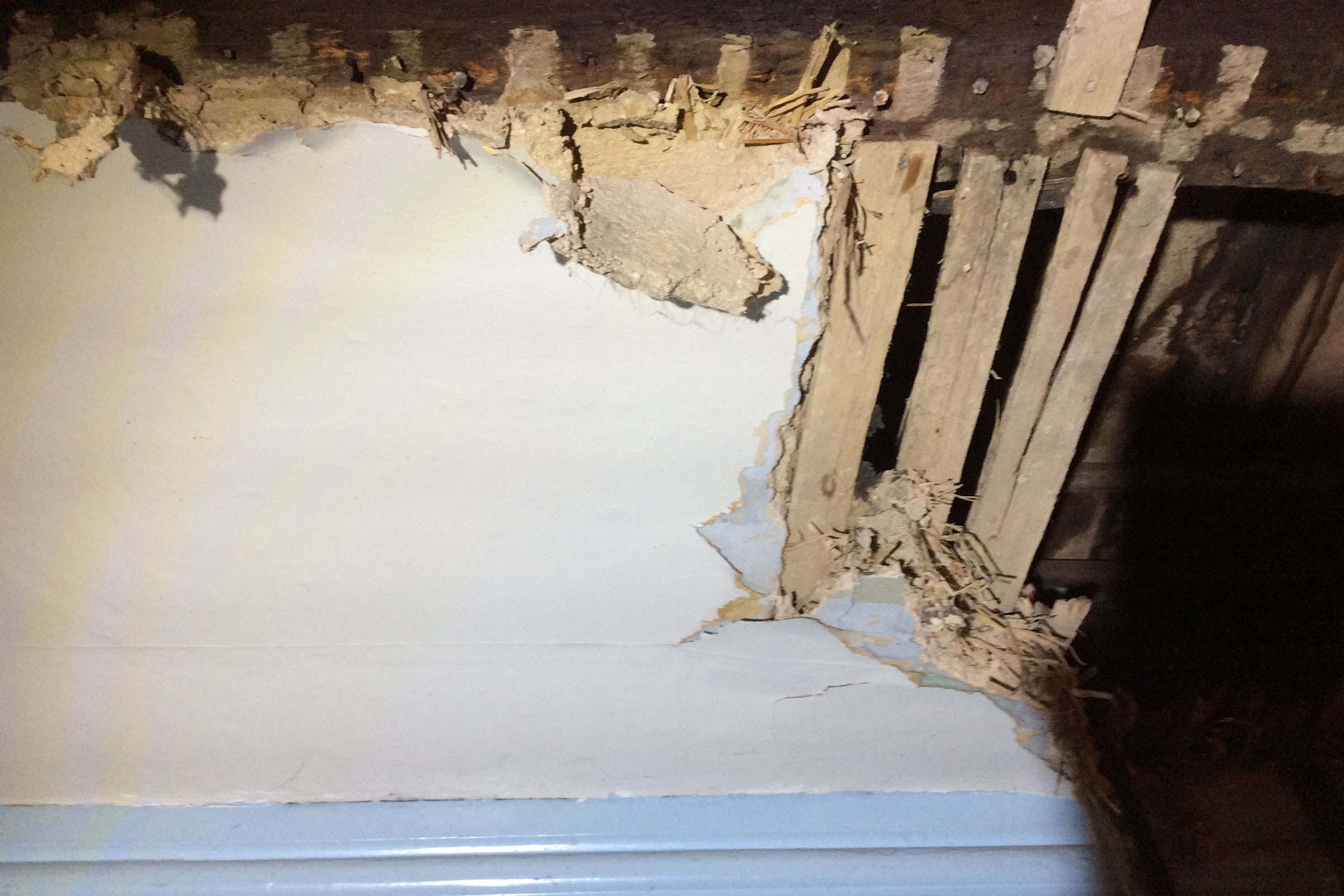Asbestos has undergone quite an interesting journey since it was first used by humans back in 4,000 B.C. While its use today has been limited due to health risks, it wasn’t always this way. It took many years for the world to understand and demand limitations on asbestos use. For millennia asbestos was used in a wide variety of applications that eventually guided its use in building materials around the globe.
Asbestos In Antiquity
While the very first uses of asbestos can be traced back to candle wicks, a more interesting application came a thousand years later. In the time of the great pharaohs in Egypt, rulers bodies were wrapped in an asbestos cloth for preservation.

This practice was also found thousands of years later in Greece where the dead were wrapped in asbestos to prevent their ashes from mixing with those on the pyres.
There were actually quite a few practical uses for asbestos in ancient times. Because of its fire resistant properties, asbestos could be woven into pottery, clothing, and tablecloths. Because fire was the primary source of light back in these times, the chances of accidental fires were quite high.
That fire resistance is what popularized the material all over the globe. The name asbestos actually comes from Greek, a rough translation meaning “inextinguishable.”
From antiquity into the Middle Ages, asbestos continued to be a popular fiber found in many forms as it was in the past. Further uses were discovered including napkins and even purses. It was even used as insulation, a use that would remain until today.
The Asbestos Boom

The true commercialization of asbestos is what caused such a flurry during the industrial revolution. While the use of asbestos was apparently worldwide, the manufacturing of this material wasn’t as much of an industry.
Asbestos mining did occur in ancient times, and there is even evidence that Greeks and Romans found harmful effects in slaves that worked in the mines. But it wasn’t until the 1800s that asbestos became such a lucrative pursuit, one that would come to shape the world we live in today, and not necessarily for the best.
It was a fairly widespread industry as well. Mines began popping up in Canada, Africa, Scotland, Germany, Italy, Whales, and Switzerland. Over time, it became completely global as machinery became a popular workhand for manual laborers. This only furthered the boom, as women and children joined the workforce and were exposed to the deadly effects of asbestos.
Applications also widened, as further capabilities were uncovered due to innovative discoveries. Asbestos proved to be not only fireproof, but heat, water, and chemical proof as well. This opened new doors for the various places and ways it could be used and only expanded the dangers associated with exposure.
As technological progress continued, strong insulators were needed more and more. Steam engines, turbines, and generators were just a few of the many places where asbestos found a new home. Military applications were also a major player in expanding the asbestos empire, especially during the world wars. All of this necessitated a massive mining workforce, one that would come to suffer the consequences of horrible conditions and lax regulations.
While studies found clear evidence that inhaling asbestos dust was harmful in the 1920’s, it took nearly 40 years for progress to be made and voices to be heard. Eventually, in 1971 the Occupational Safety and Health Administration (OSHA) was formed and regulations were implemented for asbestos.
Over the next few decades, the Environmental Protection Agency (EPA) would go to war against asbestos and attempt a ban on all asbestos-related products. Well, the ban didn’t completely work out the way it was proposed, and the mineral is still found in products today.
Asbestos Today
You might be surprised by just how many materials, products, and areas that asbestos remains prevalent today. If you’re in the building industry, this will come as no shock to you.
It can be found in:
- Cement
- Electrical wiring insulation
- Thermal insulation
- Car and airplane clutches
- Gasket and packing materials
- Roofing and flooring (especially tiles
- Spray on coating for steel buildings
- Brake pads
- Adhesives, sealings, and coatings
The list goes on and on. Understanding where asbestos is found, how it affects the body, and the many ways you can prevent unwanted exposure can greatly affect how you handle possibly hazardous materials. An asbestos awareness training course can provide a great baseline understanding of asbestos and how to protect yourself, your workforce, and your loved ones.


